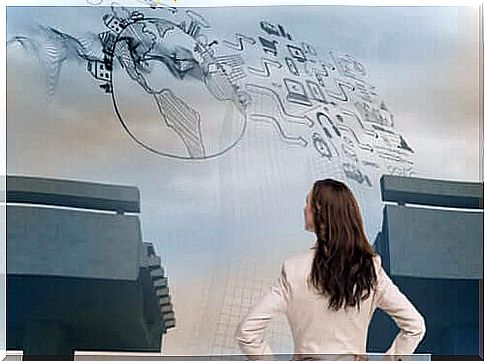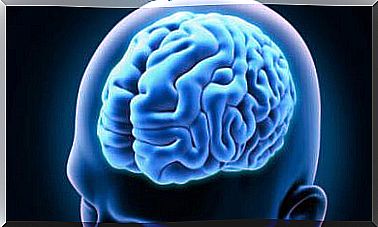The Digital Divide: What It Is And What It Entails

From the end of the 20th century to the beginning of the 21st century, we have witnessed unparalleled technological progress. But have we all achieved it? Answering this question, we come to the concept of the digital divide.
Kofi Annan, former UN Secretary General, said: “Information and communication technologies are not a magic formula, but they can improve the lives of all the inhabitants of the planet”.
This gap refers to the gap between people who use Information and Communication Technologies (ICT) and those who don’t (because they don’t know how to use them or because they can’t). In this article we will delve deeper into this concept, as well as the problems that arise from it and the possible solutions.

What is the digital divide?
Technological innovations do not spread evenly throughout the system. This means that not all businesses or individuals turn into users, much less experts. Cultural and economic differences in third world countries mean that only 10% of the population has access to the internet, while in industrialized countries this percentage is 58%.
In doing so, we notice that the majority of the population has a “wasteland” of knowledge in this area that opens the door to greater development and comfort in every aspect of our daily life. And this is because today technology can be considered a key tool for the development and progress of our lives. Inequalities concern in particular:
- Access to tools, which is what is known as the first level digital divide.
- Ignorance about the availability of such tools, known as the second-tier digital divide.
The first and second digital divide
The secret is to understand that the most difficult barriers to break down are not those of access, but those of use. This is because technological innovations depend on how we use them and how they affect people’s lives. Consequently, it is essential that each individual be able to take advantage of innovations according to their needs and interests.
Internet access is not sufficient. It is therefore the gap in the acquisition of digital skills that must be bridged to live and to work. In particular, in societies characterized by the growing importance given to information and knowledge.
At this point, one aspect that we need to emphasize concerns the gender differences in digital skills. While the first-tier digital divide has a clear generational and educational component, the second-tier digital divide affects women far more than men. As a result, concern about gender differences in computer and internet use is growing, as well as being a difficult issue to resolve.
The problems of the digital divide
From a social point of view, if a considerable part of the population does not have access to aspects of technology considered crucial, economic and social inequalities could be generated and other pre-existing ones could be strengthened.
On the other hand, we see how new technologies have created two poles with a clear impact on the labor market: people with easy access to technologies and those who have difficult access, because it is expensive or impossible. This fracture can arise between different countries, but also between people from the same country or the same city.
In this way, countries that cannot take advantage of ICT sales are less competitive. Furthermore, within the same country, the difference between those who have access and those who do not generate a new segmentation in the labor market, in which the former have privileges in terms of input and choice of workplace.

Is there a solution?
The increasing technological progress has brought with it numerous advantages, there is no doubt . Among them, we can highlight the following:
- The ability to communicate with any person, in any corner of the world, quickly and easily.
- It is a suitable tool for training.
- They are an inexhaustible source of entertainment.
In light of this, the state, through public policy measures, must work to eliminate the digital divide and to democratize the access and use of ICT.
A narrowing of the digital divide means a decrease in inequalities in general, which allows more people to have the opportunity to learn and find better jobs.









